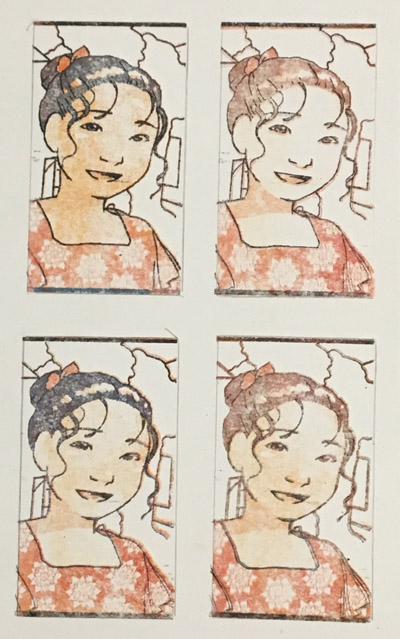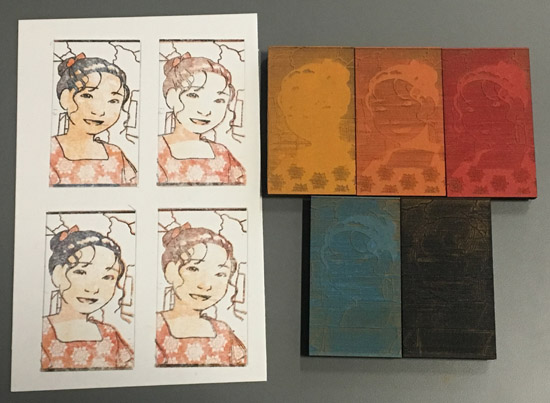
Jennifer Weiler
As part of AME's Digital Culture Summer Institute, I had the opportunity to help Professor Kim Swisher teach the week long "Put Your Stamp on the World" class,
during which middle and high school students got to design and create their own rubber stamps.
The stamps were carved using our FabLab's laser cutter. The rubber used was laser safe (would not catch fire or release dangerous chemicals) but was also fairy expensive, so each stamp could only be around 1x1 inch in size. After the stamps were lasercut, versions of the design were also laser-etched into wood. The wood and rubber designs were then glued together so that the design of the stamp could be visible on it's back.
below: example source images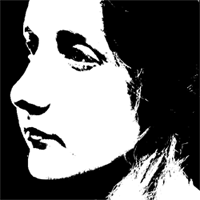
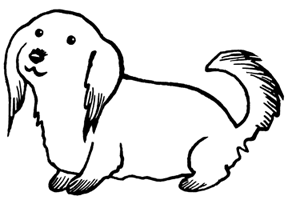
below: stamps laser cut into rubber
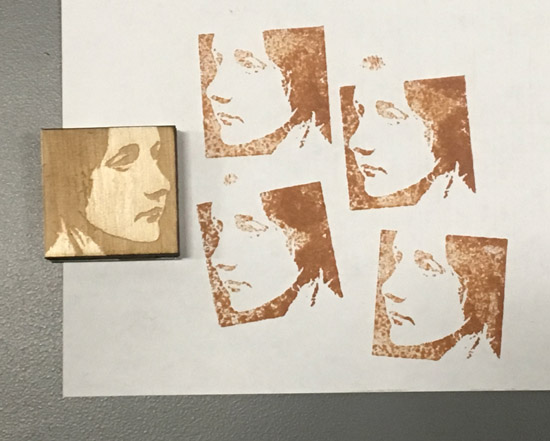
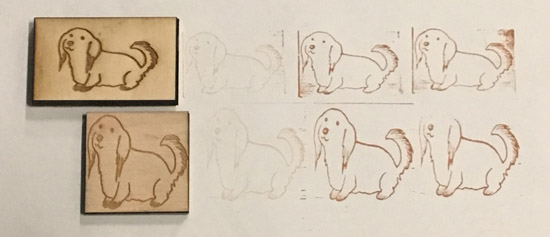
Seeing the use of laser-etched wood for the back of the rubber stamps, I suggested trying to create woodblock prints. Woodblock stamps, while not as flexible or durable as rubber stamps, do have a long history as an effective printing medium
(such as with Japanese Ukiyo-e prints).
We created the woodblock prints by having the laser cutter run at a very high power, burning away enough of the wood to create actual depth in the prints. Because the plywood we used was much cheaper than rubber, we tried making complex, multi-color prints, which required the creation of several woodblocks (each with a height of 1 inch).
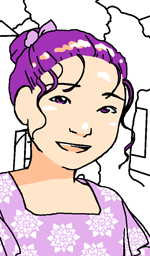
below: image divided into designs for separate woodblocks
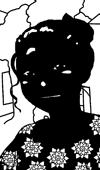
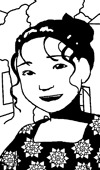
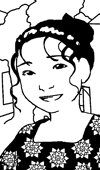
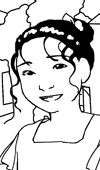
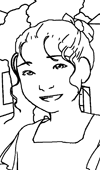
We tested the woodblocks using the ink-pads that had been bought for use with the rubber stamps. The choice of ink wasn't ideal, and seemed to bead up on the surface
of the wood. For the future, we would probably want to try a different type of ink.
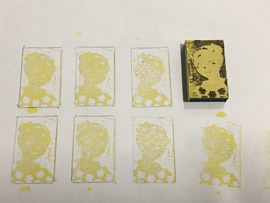
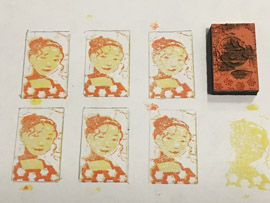
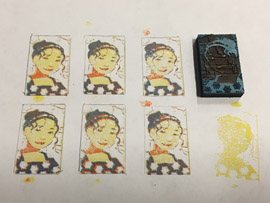
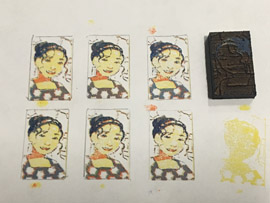
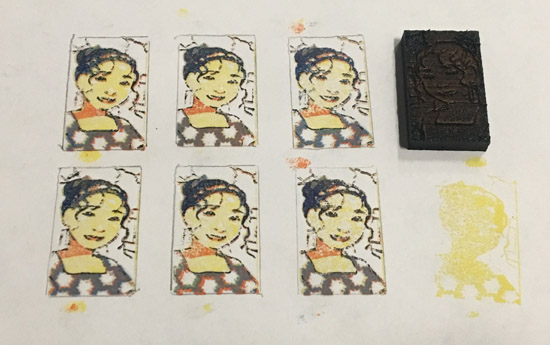
Because plywood was so inexpensive, we recreated the woodblocks in a larger size.
The resulting prints had much better detail, despite still using the inkpad inks.
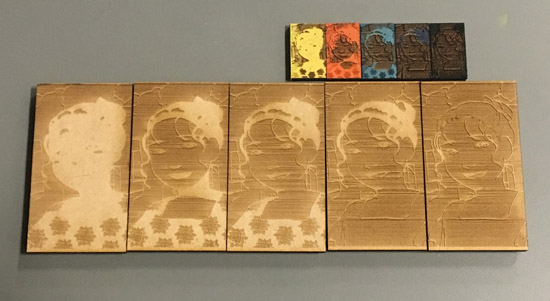
below: finished prints with the larger more detailed woodblock prints
